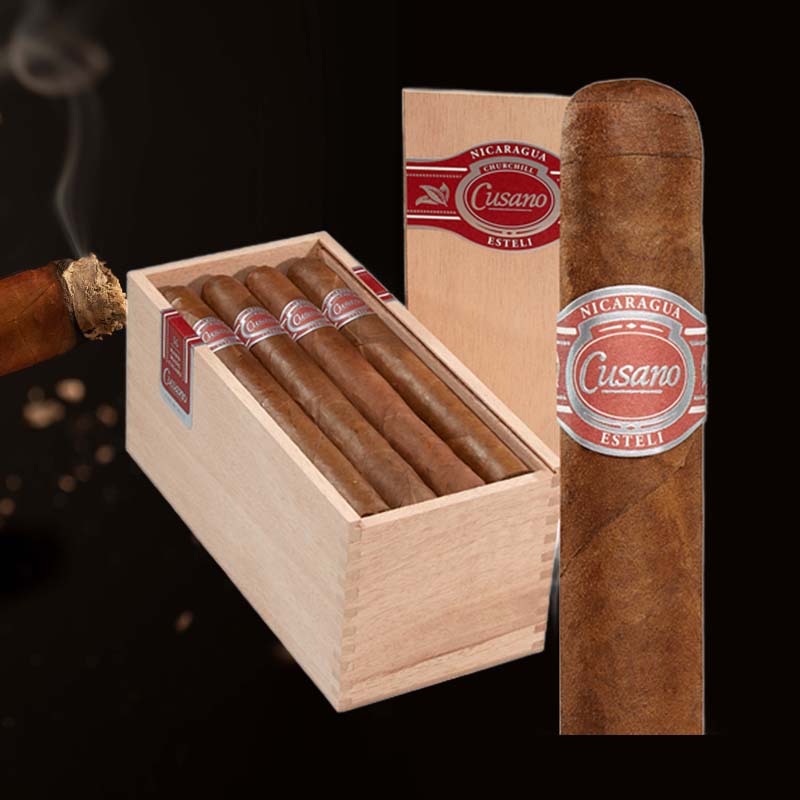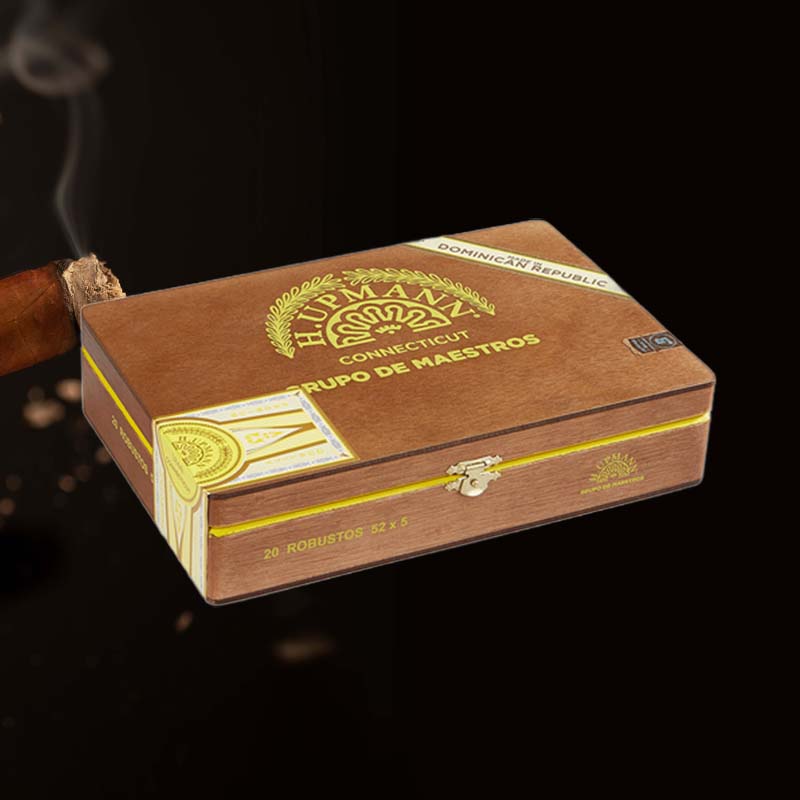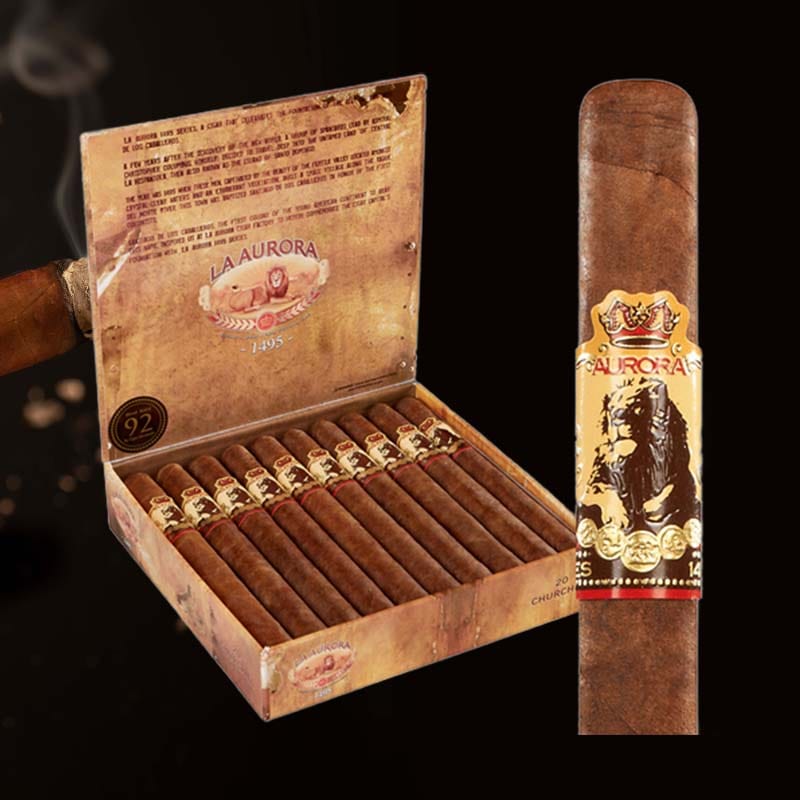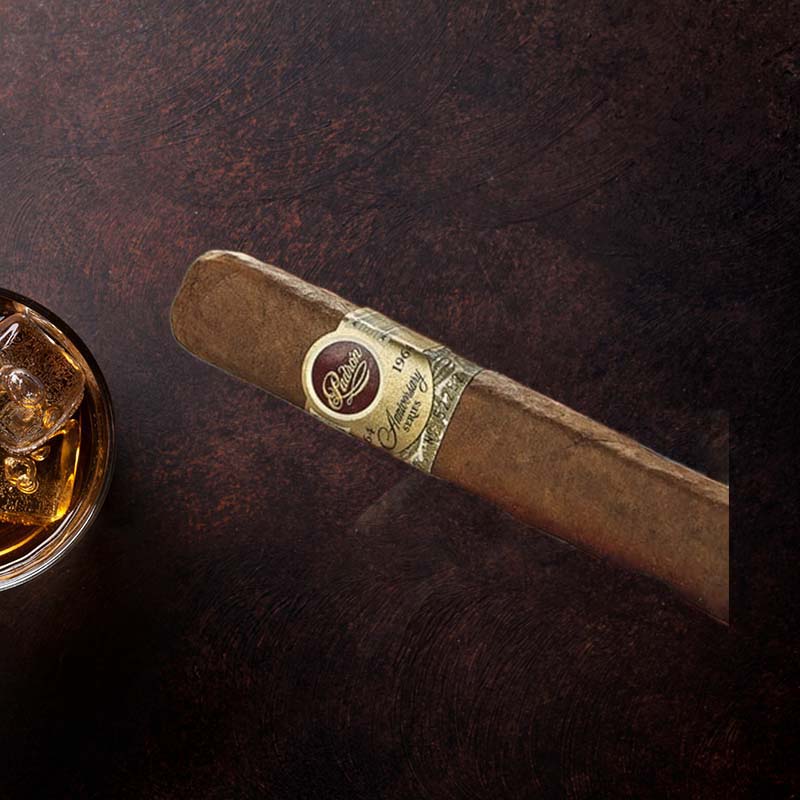How to fill torch lighter with butane
As a cigar enthusiast, there’s nothing quite like the pleasure of lighting up with my trusty torch lighter. I’ve encountered some hurdles along the way, particularly when it comes to refueling my lighter properly. But over the years, I’ve learned the ropes, and it’s become a fulfilling ritual in my cigar journey. In this guide, I’ll walk you through the step-by-step process of how to fill a torch lighter with butane while illuminating some important safety considerations so you can enjoy your smoking experience to the fullest.
Step 1: Prepare Your Work Area
Before I begin, I always make sure my work area is clean and well-ventilated. Here’s what I do:
- Choose a flat, stable surface.
- Avoid any open flames or sparks around the area.
- Gather all necessary tools and materials.
Step 2: Cool the Lighter
One tip I always follow is to ensure my torch lighter is cool to the touch before refilling. This is essential to avoid any accidents, as filling a hot lighter can result in dangerous flare-ups.
Step 3: Adjust the Flame Setting
Upon cooling, I adjust the flame setting to the lowest position. This not only makes refilling easier but also helps prevent accidental ignitions during the process.
Step 4: Bleed the Lighter
I always take a moment to bleed the lighter. This involves pressing the refill valve gently with a small tool. I hear a hissing sound as gas escapes. This step removes any leftover butane and prepares the lighter for a fresh fill.
Step 5: Fill with Premium Butane
Next, I grab a can of high-quality butane. I hold the lighter upside down and place the nozzle of the butane canister into the refill valve, then fill it. I do this for about 5-10 seconds. It’s vital that I do this with the lighter inverted; this prevents liquid butane from entering and damaging the lighter.
Step 6: Allow the Lighter to Settle
After filling, I let my lighter sit for about 2-3 minutes. This settling time allows any excess pressure to dissipate safely.
Step 7: Test the Lighter
Lastly, I turn the flame control knob back to my desired setting and test the lighter. If it lights up, I’m ready to enjoy my cigar!
Safety Considerations
Handle Butane Carefully
I always remind myself to handle butane with care. It’s flammable and can be hazardous if not managed properly. I keep the canister upright at all times and avoid inhaling the fumes.
Best Practices for Refueling
Every time I refuel, I make it a practice to be mindful of my surroundings, ensuring a safe space and environment to minimize risk.
Tools You Need to Refill Your Butane Lighter
Essential Tools for Refilling
To make the process smooth, I always have the following tools ready:
- Quality butane canister.
- Small flathead screwdriver (to bleed the lighter).
- Clean cloth (to wipe any spills).
Troubleshooting Common Issues
What to Do If the Lighter Does Not Ignite
If my lighter fails to ignite, I check the fuel level first. I refill if necessary, and if it still won’t spark, I consider adjusting the flame dial.
Fixing Low Flame Output
When the flame output seems weak, I examine the butane quality, adjust the flame setting, and if needed, perform another bleeding to clear any blockages.
Bonus Tips for Keeping Your Torch Lighter in Top Condition
Using Quality Butane
To extend the life of my lighter, I use only premium butane. This reduces gunk build-up and ensures optimal performance.
Regular Maintenance Practices
I clean my lighter regularly, including checking the nozzle for any debris and replacing O-rings when necessary to maintain a good seal.
Frequently Asked Questions
How Often Should I Refill My Torch Lighter?
I usually refill my torch lighter whenever it feels lighter than usual or before important smoke sessions to ensure I don’t run out unexpectedly.
Can I Use Regular Lighter Gas?
I’ve learned the hard way that regular lighter gas may not be suitable for torch lighters and can lead to malfunctions. Always stick to butane!
How to fill up a torch with butane?
Filling up a torch with butane involves preparing your lighter, adjusting the settings, bleeding it, and then filling it with butane while handling it safely.
How do you know when a butane torch is full?
You’ll know when your butane torch is full when you hear a hissing sound stop while filling, and any excess butane will leak out slightly.
Why won’t my butane lighter refill?
Issues that prevent a butane lighter from refilling could include a clogged nozzle, pressure buildup, or an improperly positioned butane canister.
How do you burp a butane torch lighter?
Burping a butane torch lighter involves pressing the refill valve with a pointed object to release any built-up gas before refilling.












